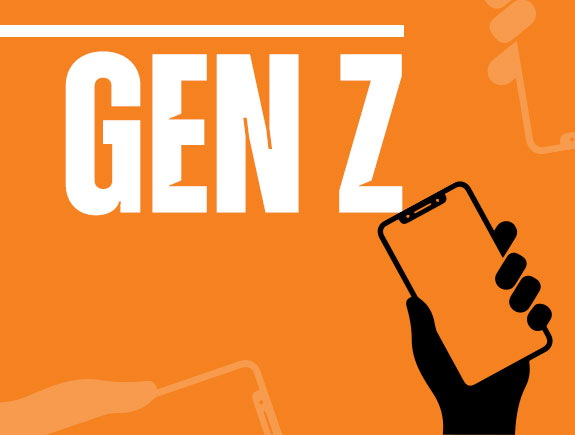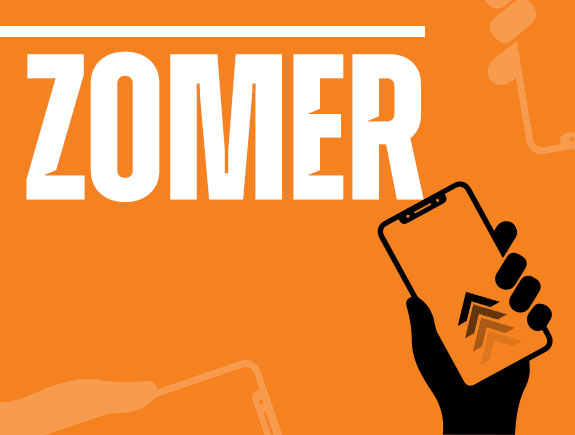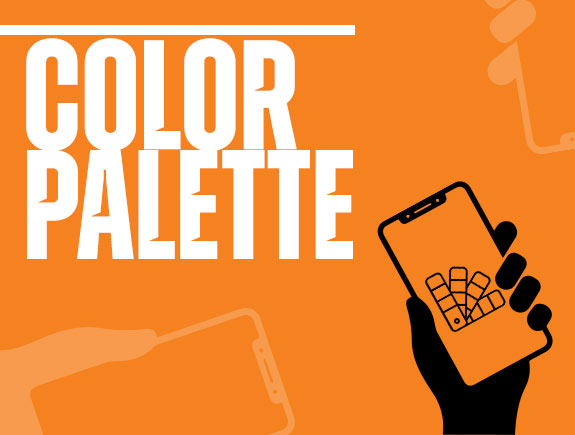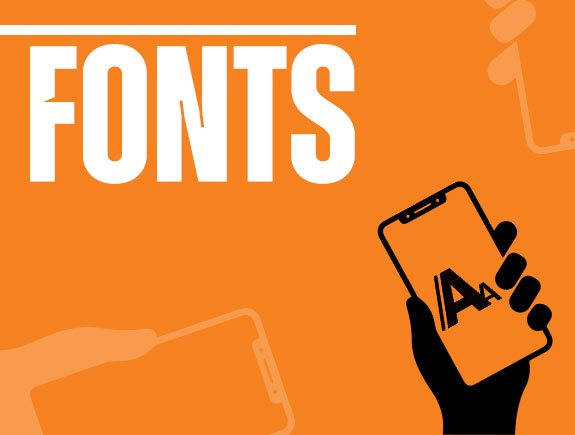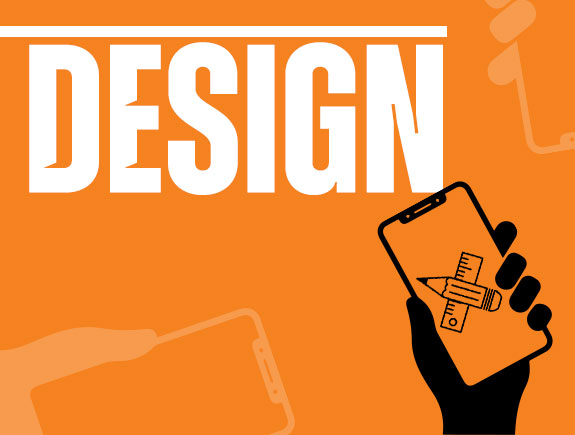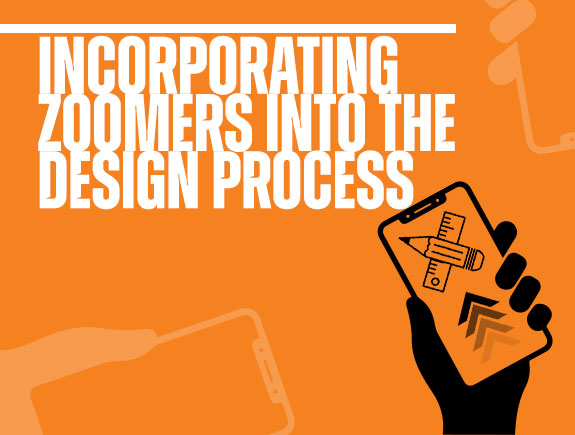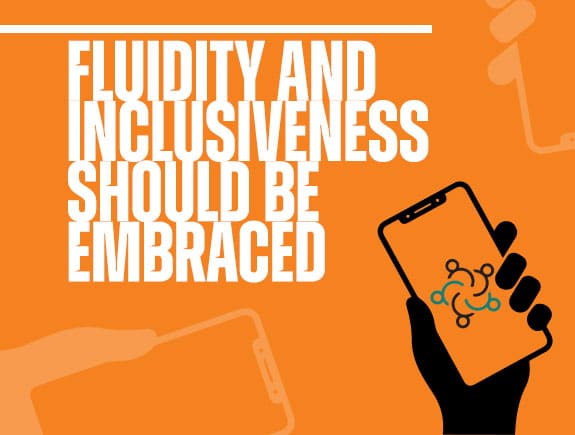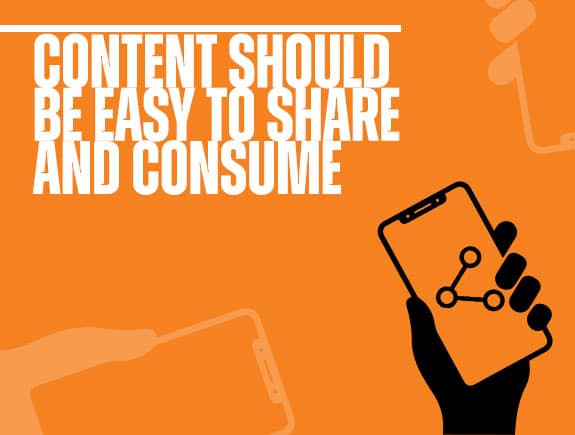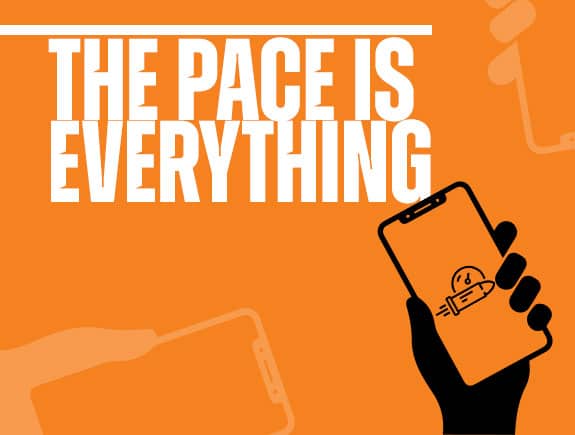Thanks to our interesting work, which we do within our marketing agency, we can freely call ourselves creative. As such, in order to create a campaign, content, and design that will appeal to our client’s target group, it is important to understand it well. However, with time, as we grow older and new target groups appear, it is sometimes difficult to get into the heads of younger generations. In order to deal with the demands of Gen Z, we need to consume content that matters to them, to understand what aesthetics they like and how to design for them.
Who are zoomers?
It is very demanding to define Gen Z or the internet generation or post-millennials, as they are also called. But everyone agrees that a new target group was born between 1995 and 2012, which should be well understood and addressed in a spirit and style that is close to them. Especially, if we take into account the fact that their paying power is greater than that of millennials and that it is estimated at around 100 billion dollars.
Then let’s describe them a little closer: most of them were born in urban or semi-urban areas, nations, skin colors and similar concepts do not mean much to them, just like the clear definition of gender and sex (which they view very fluidly).
Then, they tend to research and inform themselves with the help of social networks, because this is the most natural state for them since they were born when the Internet era had already begun. They have the answers to all their questions in the palm of their hands, so they don’t need an intermediary to get information. They are innovators because they often rely on their experiences and understand well how they can use the online world for themselves and their promotion.
The digital design industry works with brands, which need to address the generation Z population of about two billion inhabitants of our planet. And their task is not easy, because zoomers first learned to swipe, and only then to walk. Their expectations are high, so what was relevant to millennials is now not good enough for zoomers.
Conceptualizing brand messages, designing products, and the entire online presence of the brand must be well thought out and based on research of this target group. Here are some of our observations when it comes to designing for this young customer group.
Color palette
When it comes to the color palette, older zoomers are closer to millennials in terms of color choices. This means that some of them like pastel colors, like mint green or powder pink. But they also turn to the eighties and nineties, so we can see them in neon colors.
On the other hand, younger zoomers prefer color palettes typical of the fifties and sixties of the last century. Maroon, olive, orange, and various shades of purple are their choice.
Special attention should be paid to one hit shade, which is Gen Z yellow (sunny shade) because it has been announced as the next hit in design. Looks like the millennial pink has got some serious competition.
Fonts
When choosing fonts, you should not only look at the fact that zoomers like them, but also take into account their need for these fonts to bring a dose of efficiency to their lives. This means that these fonts must be chosen so they easily fit into the online world. For the record, fonts should be sharp and look great on all digital platforms.
Design
Stereotypical design elements do not fit with zoomers at all. The design must be digitally intuitive, just like them, because this target group has an online presence and purchasing behavior patterns that are well defined even at the earliest age.
They want content that brings reality, that is personal, relaxed, yet informative. This means they respond to short forms, so you should use a short video, sequences of photos and images, quotes and visuals with text over them. Everything must be made to encourage them to share the content because the latest trend in their world is to create content that goes viral on several networks.
Incorporating zoomers into the design process
The best way to capture the attention of zoomers is to include them in all design processes. They just love to use different tools and design themselves, because that way they feel like they are in charge and that they are leading the process. It is important for the brand to enter their world, feel it and surrender to this target group, by listening to them and incorporating their suggestions into the process of creating a product or design for it. Listening to the target group can be realized on social networks where a certain design is posted, and then zoomers vote for it. Or, another great approach could be a mini-contest in which they will participate by submitting their design suggestions.
Fluidity and inclusiveness should be embraced
The Gen Z generation breaks down barriers and that is their main characteristic. In earlier generations, subcultures were strongly expressed and young people expressed their individuality in that way, but also their belonging to a certain group. Zoomers completely changed this concept and broke it. For them, the fluidity of identity is a completely normal and acceptable concept, while the strict determination of belonging to only one is unknown. Therefore, individuality is not achieved by joining a group, but by the fluidity of an individual’s identity. They don’t like to be defined by just one role in life. When this is transferred to the design and construction of brand identities, it means that they (brands) must be more flexible, visual identities modular and elements changeable.
Content should be easy to share and consume
The zoomer’s attention span is much smaller than it was in previous generations. Therefore, when we need to attract their attention, we only have 8 seconds for it. That’s all, so the content must be easy to consume, but also easy to share. You need to grab their attention with content they will immediately understand and that will make them want to read more.
As Gen Z mostly communicates on social networks, the content created there should be adapted to their habits. If they use emoticons often, as they do, then the brand should include them in its communication. Also, nothing without GIFs, memes, and short videos, which they will share with each other.
And in the end – the pace is everything
Generation Z is the first generation born in the digital era, with information at their fingertips 24/7, but also their attention is constantly divided between several screens. As we have already mentioned, their attention is not particularly focused and they cannot or do not want to devote it for a long time to something that does not benefit them. As a result, the time needed to make purchase decisions is shortened, so they don’t think about it for a long time.
When it comes to brands, Gen Z will never choose a brand that can’t keep up with their pace. It is important to them that the brand follows their visual aesthetics and that they have the same values. That’s why when we design for Gen Z, we use their language, create fast content, easy to consume, and completely forget about traditional design concepts and symbols because that’s a big NO for this generation.
If your brand addresses generation Z and you want to communicate with them as best as possible, through visuals that will be interesting and attractive to them, then in the Titan design team you can find designers who will easily and quickly help you achieve your goal. Contact us and schedule a meeting with our creative team.


